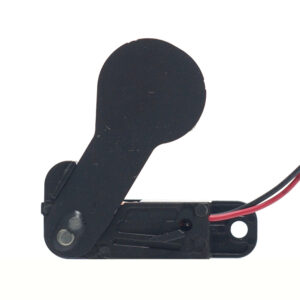Optical shutters are unsung heroes in high-speed imaging systems. Think of them as precise “light gatekeepers” that control exactly when and how long light hits the camera sensor. Here’s why they matter:
Motion Blur Elimination:
In fast-moving scenarios (e.g., capturing a bullet in flight or a hummingbird’s wings), even microsecond-level exposure errors create blur. Mechanical optical shutters like rotary or solenoid-driven designs can achieve sub-millisecond actuation times, freezing motion by precisely timing the light path.
Exposure Precision:
Unlike electronic shutters that scan pixels row-by-row (causing rolling shutter distortion), physical optical shutters provide global exposure control. This ensures all pixels start/stop capturing light simultaneously—critical for scientific imaging and machine vision.
Signal-to-Noise Optimization:
By blocking stray light between exposures, shutters prevent sensor saturation. For example, in laser-based LiDAR systems, a shutter’s rapid closure protects sensors during idle periods, maintaining data integrity.
Real-World Impact:
Industrial automation: Captures crisp images of products moving at 10+ m/s on conveyor belts.
Sports analytics: Tracks ball spin rates with µs-level timing accuracy.
Astronomy: Reduces atmospheric distortion in telescopic imaging.
Our store have a lot of optical shutter to choice! please to check!
The catch? Shutter durability and response speed. High-end models like solenoid-driven shutters now achieve >1 million cycles with <0.5ms latency, making them indispensable for mission-critical applications.


